
Model-Driven
Development
Fast-track software development with the most comprehensive low-code platform
Start for freeTrusted by
What is model-driven development?
Model-driven development is the foundation of low-code development.
The Mendix low-code Platform is a model-driven IDE that abstracts the technical aspects of building an application—logic, data model, user interface, etc.—and presents them as visual drag-and-drop components.
Whether you’re a professional developer or a novice, model-driven development helps teams work more efficiently to improve software quality and maintainability.
Get started with Mendix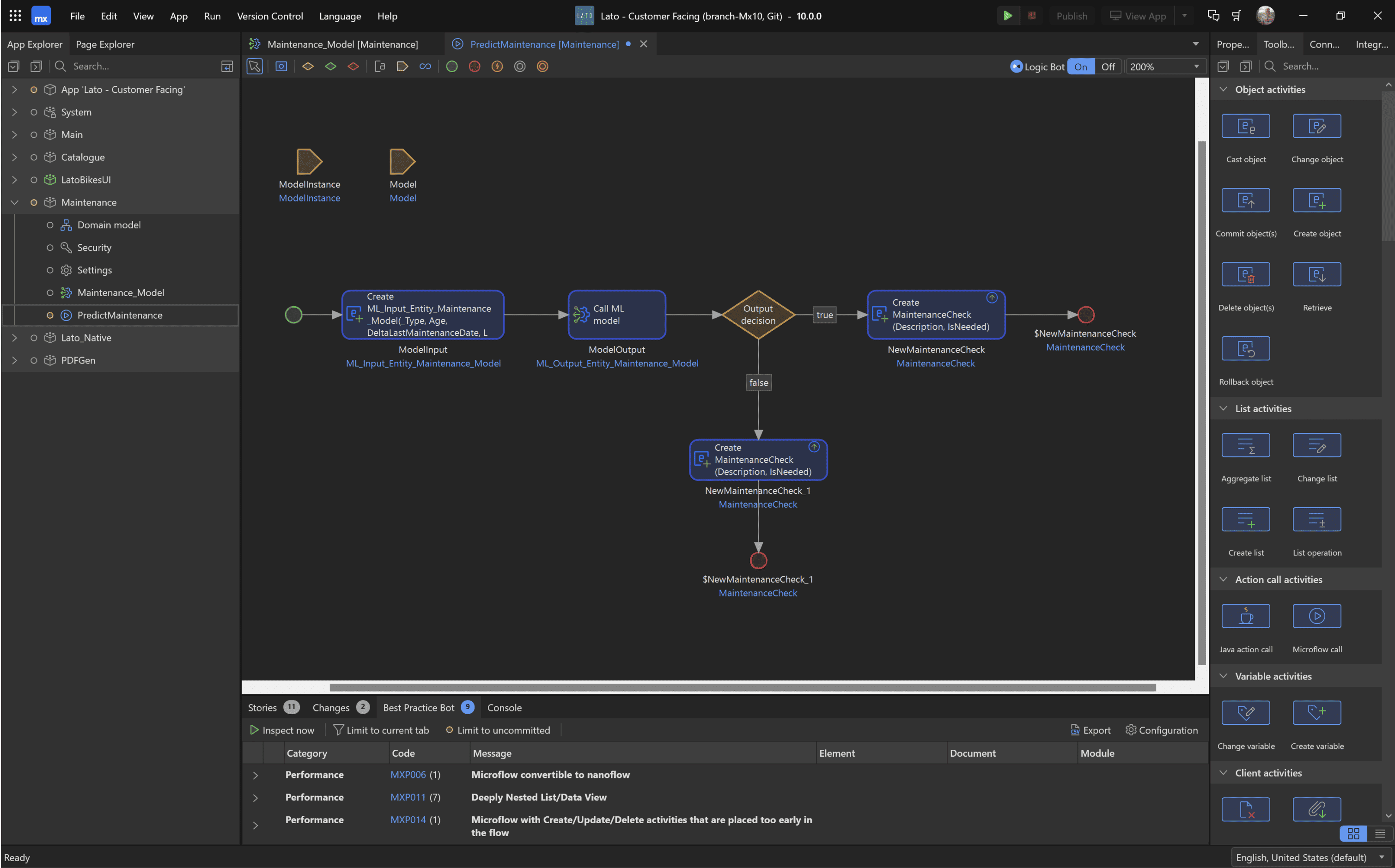
Create sophisticated web and mobile
applications with Mendix’s visual IDE
Drag and drop your way to better applications. Model-driven development with Mendix empowers developers of all skill
sets to design, build, and deliver applications faster using visual models and intuitive development tools.
Mendix models are built using
five core domain-specific languages
-
Domain model
Create entities, attributes, and associations to represent your data structures with a visual UML-based data modeler.
More on domain models -
UI model
Design fully-responsive web and mobile user interfaces using a WYSIWYG graphical page editor.
More on UI models -
Microflows and nanoflows
Visually build client-side logic (nanoflows) and server-side logic (microflows) for both online and offline scenarios.
More on microflows and nanoflows -
Security
Create reusable security rules at the data, logic, page, and API layers with Mendix’s multi-layered security language.
More on security -
Workflows
Develop workflows with a fully integrated language to leverage and reuse any other model component, such as a microflow or page.
More on workflows
Mendix is built for collaborative
model-driven development
Develop superior applications
- Mendix unites developers of all skill levels and promotes clear, frequent communication and collaboration.
- Teams can share ideas and feedback in real time using built-in social channels and feedback management tools.
- Developers of all skill levels can play an active role in the development lifecycle, which leads to better applications delivered right the first time.
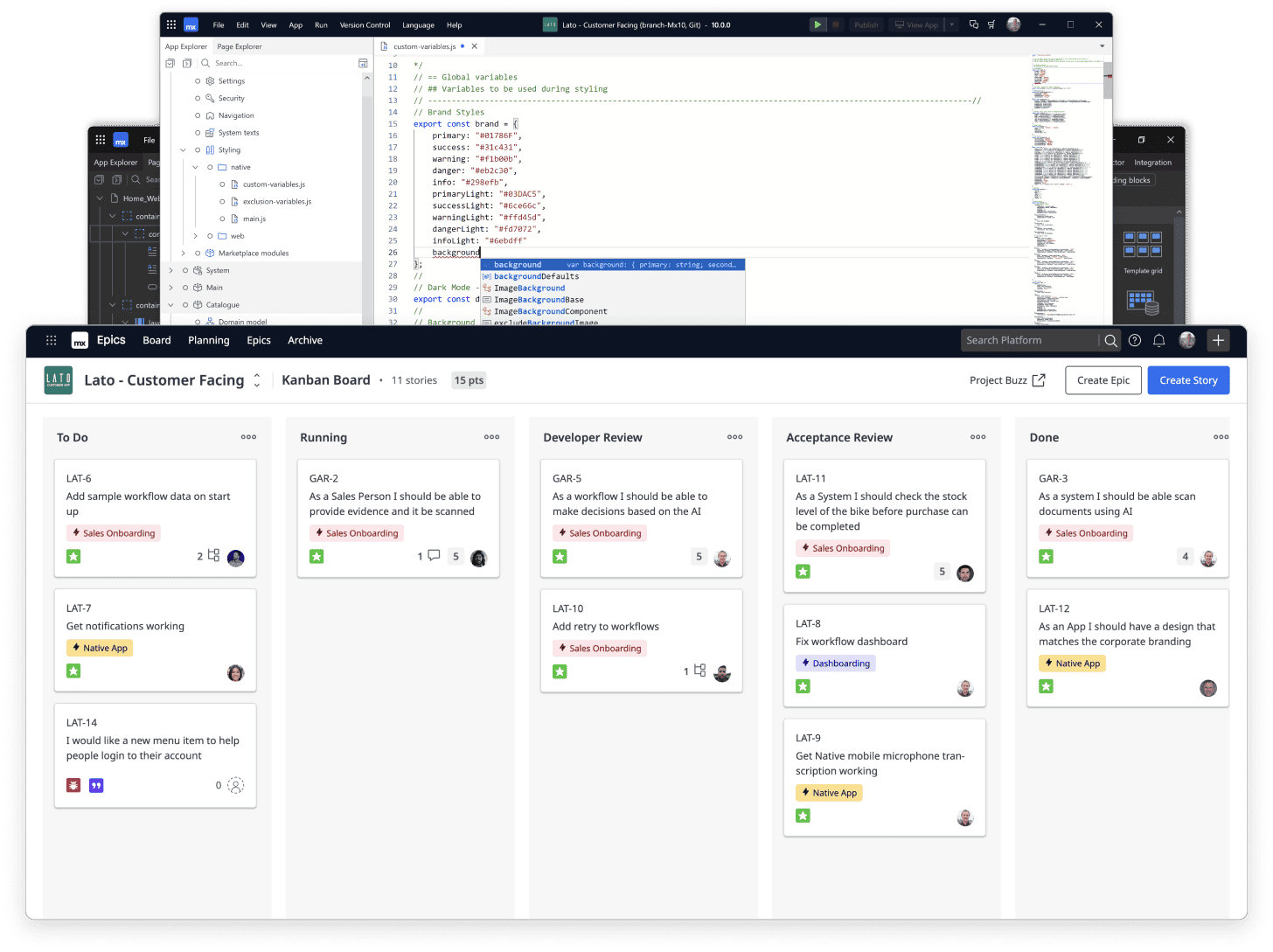
You can get started with development much quicker, and you can have your developers talk to the business stakeholders right away because you’re all speaking the same language. You can even model the data together. The gap between business and IT is much smaller now.

Deliver applications faster
- With Mendix, building applications is exponentially faster with a visual development language.
- Model-driven development with low-code is up to 90% faster than traditional programming.
- Develop and deliver applications as fast as your enterprise demands with tools including:
-
-
- out-of-the-box drag-and-drop functionality
- reusable components
- quality checks
- one-click deployment
-
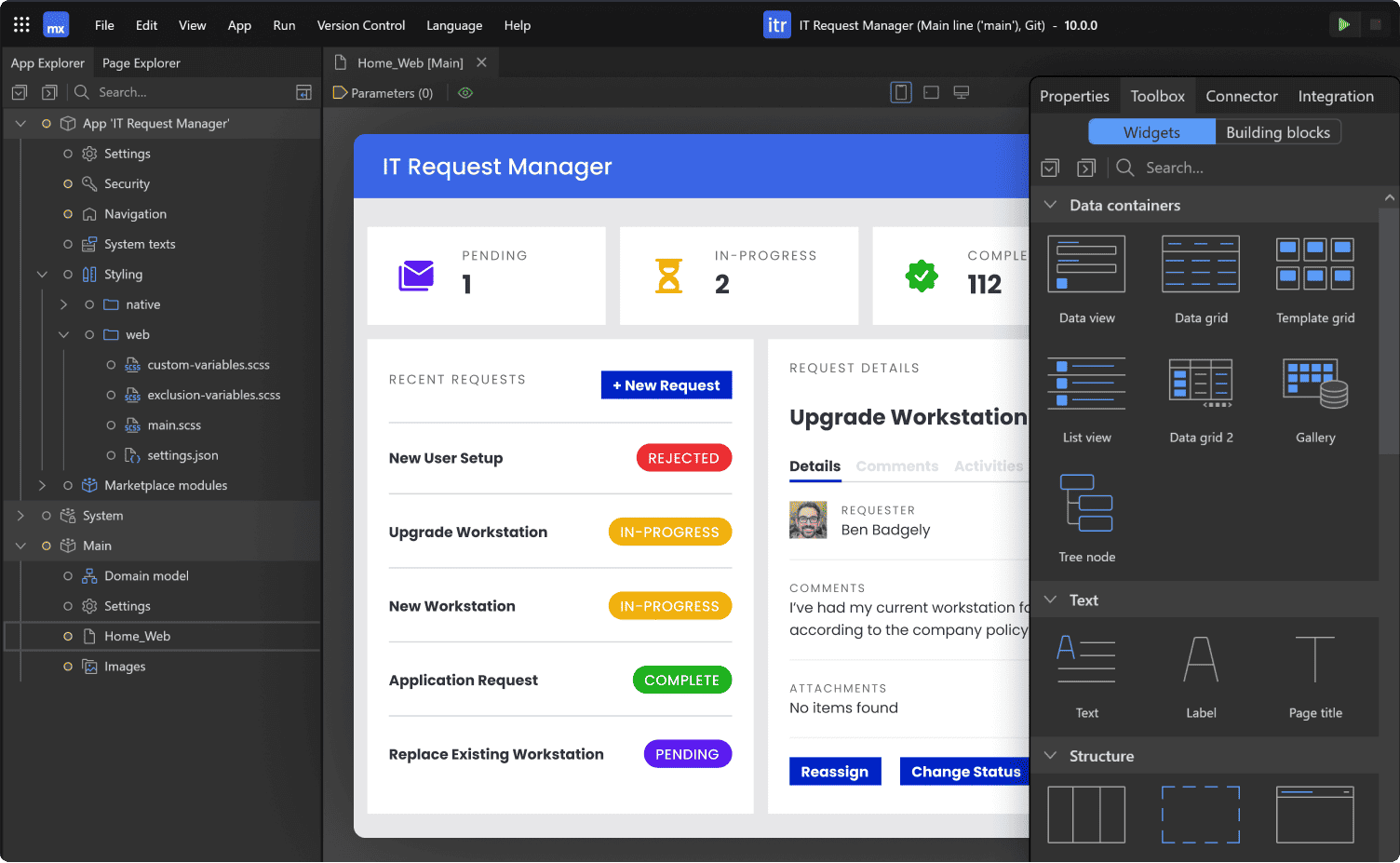
You can really build quickly. You can directly build screens in Mendix and use that as a tool to show the business what your plan is. That feedback loop is super short.

Innovate with efficiency
- Mendix’s AI, intelligent process automation, and model-driven tools boost productivity by reducing repetitive work and human error.
- Visual models instead of lines of code helps teams build, iterate, and deploy applications independently from IT.
- Teams can quickly innovate and experiment with new ideas and business models that support continuous digital innovation.
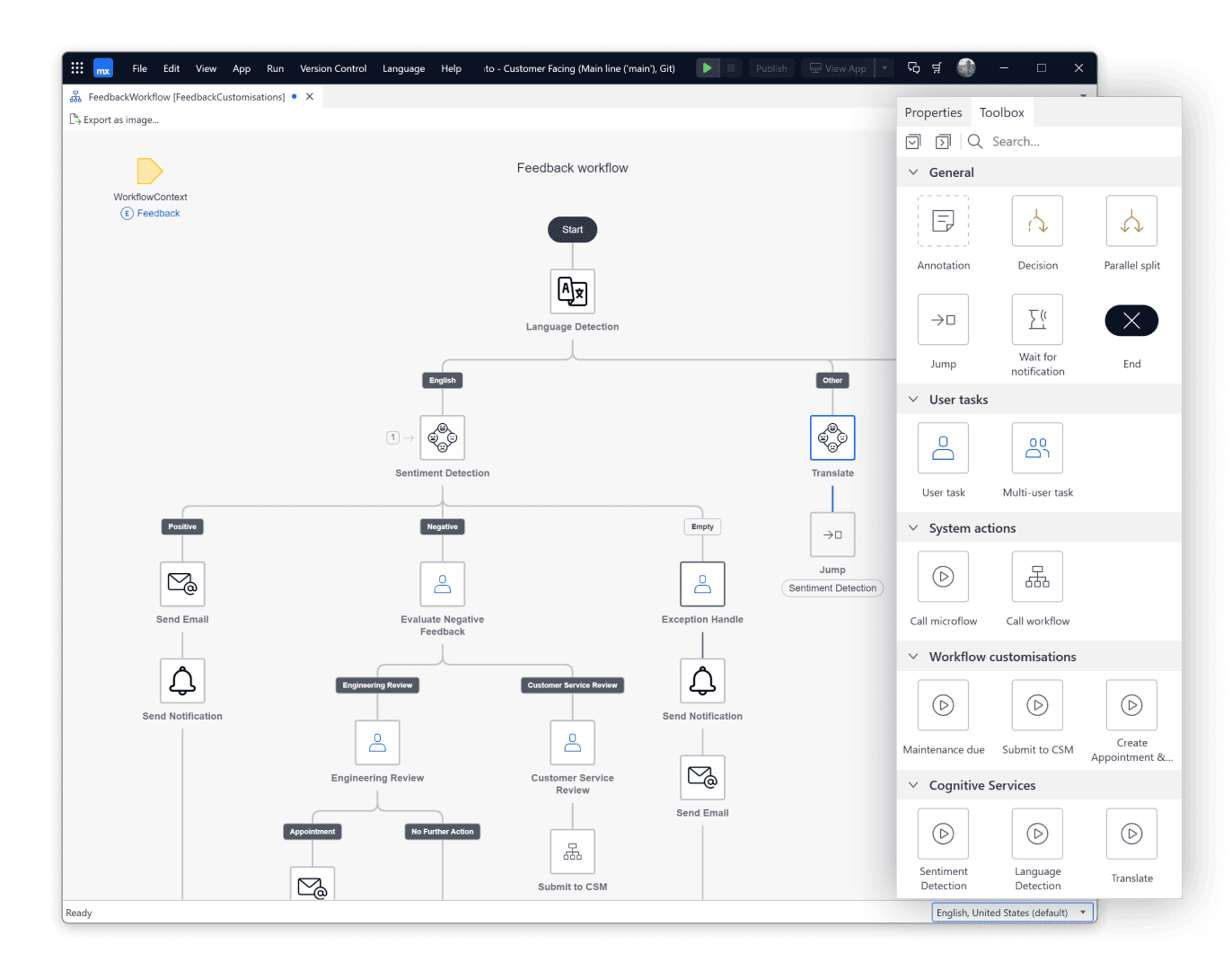
It’s very easy to just look at the screen and understand what the developer is trying to achieve, which is a big contrast to high code.

Model-driven success stories
More resources
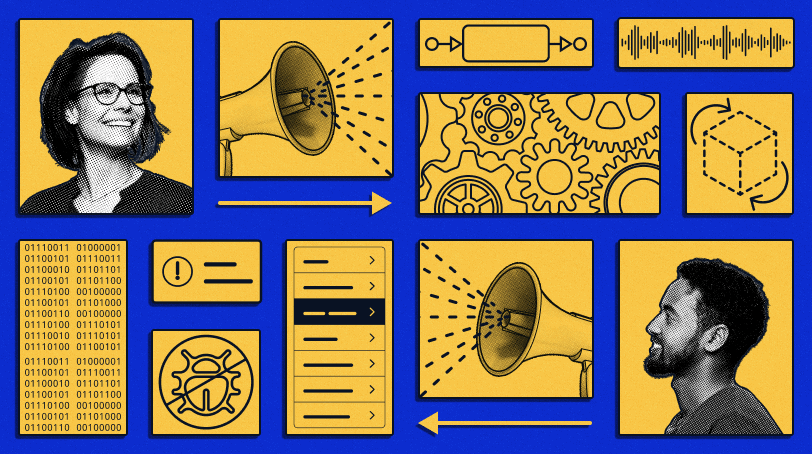
Model-Driven Development: The Most Important Concept in Low-Code
If we had to identify the most important concept of low-code, it’s model-driven development. Read on to learn what it is and why it's necessary.
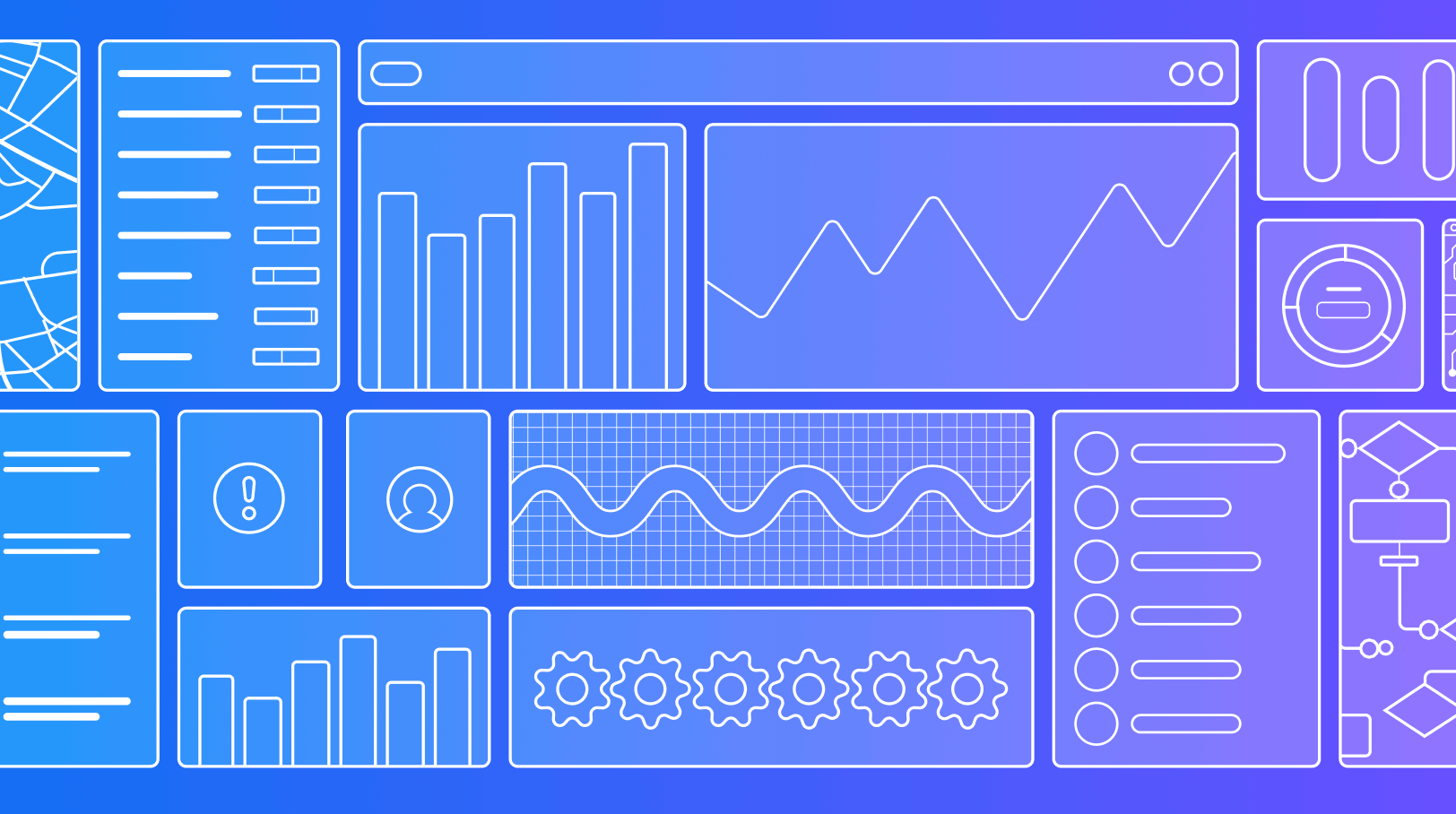
5 Benefits of Low-Code Application Development
What are the biggest benefits of low-code application development? Learn about the features of low code development and the top 5 benefits here.

The Value of Enterprise Microservices with Low-Code
62% of companies are either using or planning to use microservices. So what are enterprise microservices? And how does low code fit in?
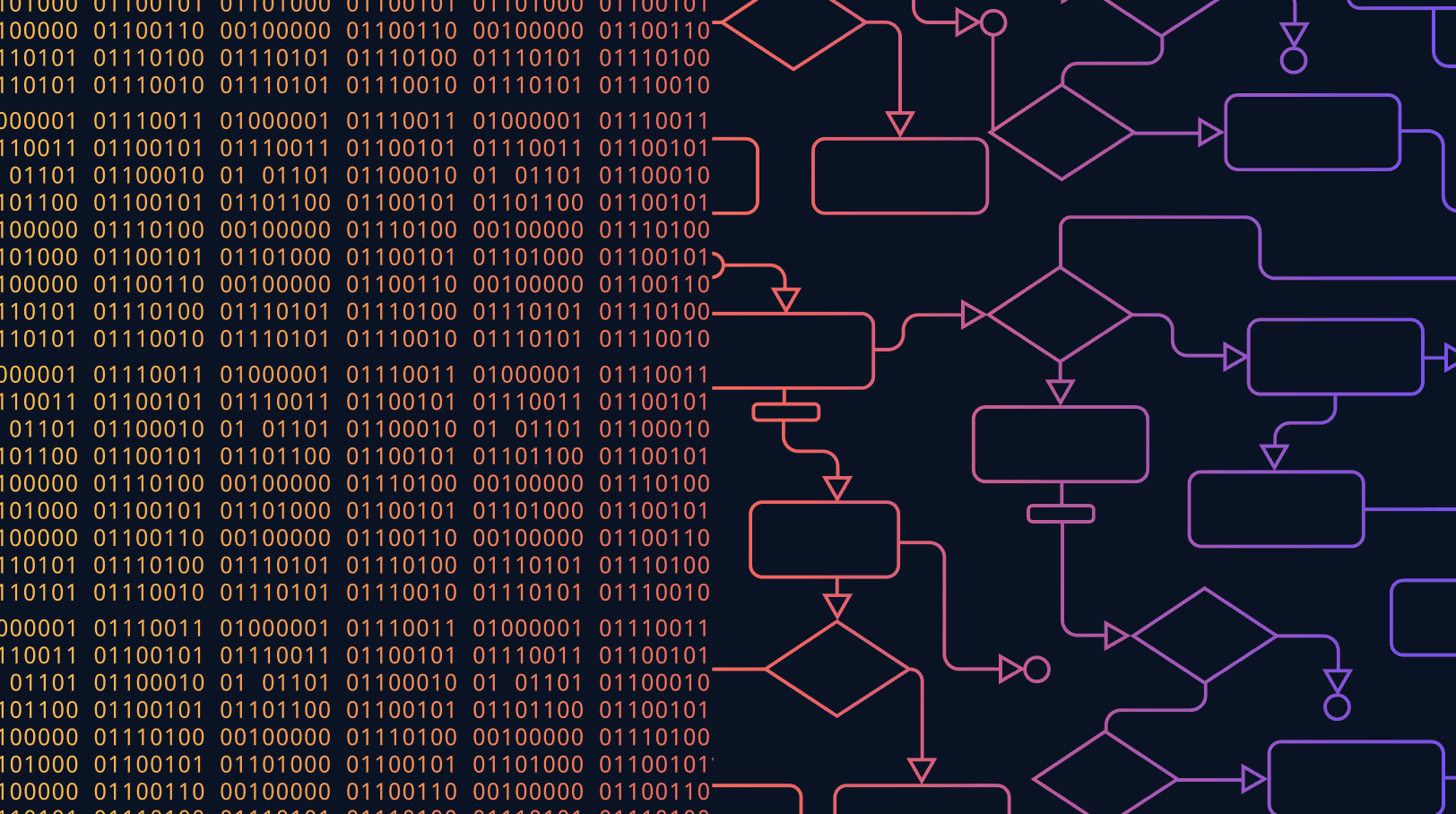
Programming in a Low-Code World
Learn how software engineers and programmers can thrive with low-code in a model-driven development platform.
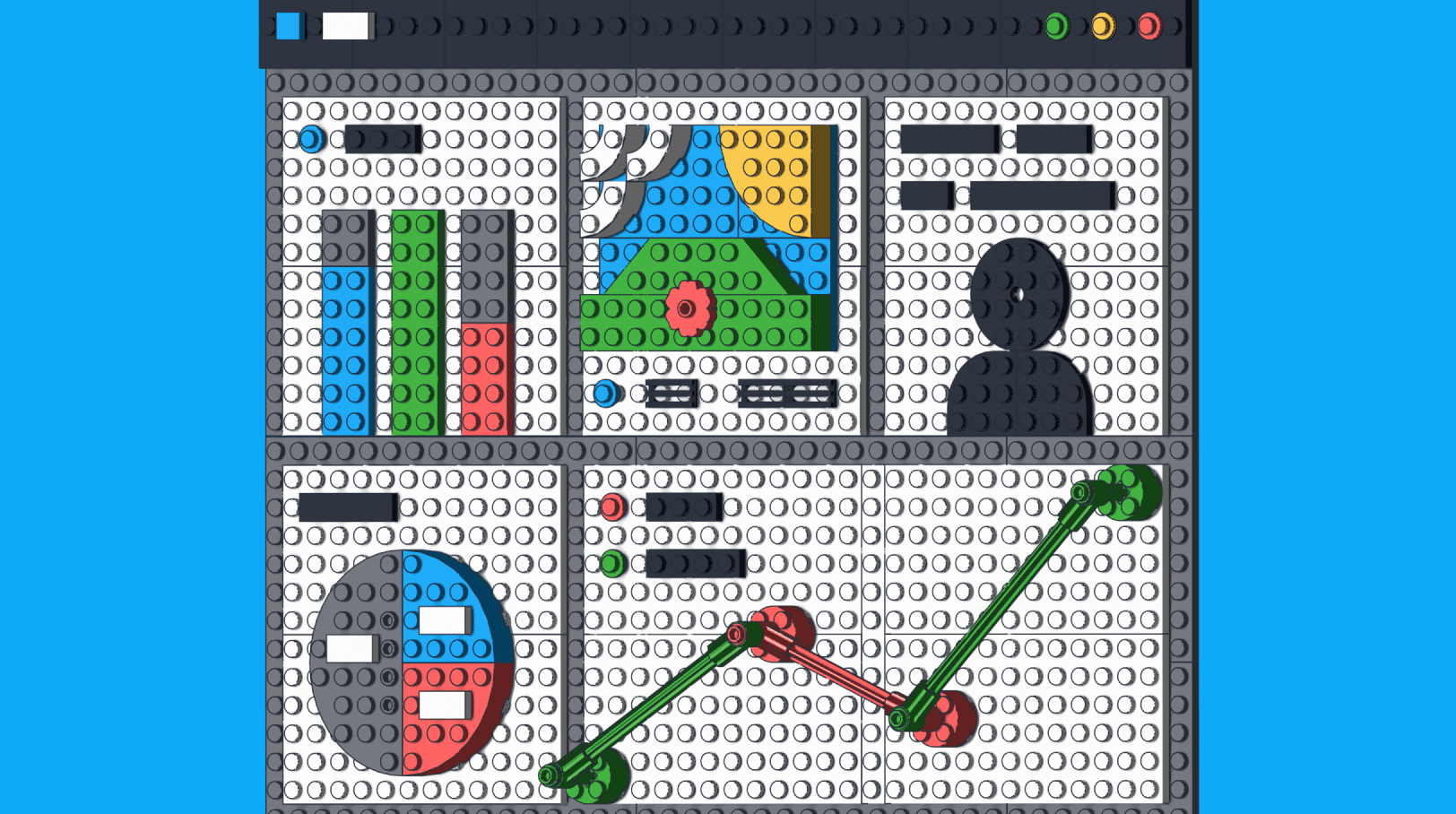
What is Component-Based Architecture?
Component architecture is a way to build software based on reusable components that can easily be combined and changed. Here's everything you need to know.

Enterprise Application Architecture: Best Practices & Strategies
Discover the different styles of enterprise application architecture and how they impact software design and development.
FAQs
-
What is model-driven development?
Model-driven development is the most important principle of low-code development. It’s a software development methodology that allows teams to visually build complex applications through simplified abstractions of pre-built components.
Under the hood, model-driven development simplifies complexity through abstraction and reduces human-process intervention through automation. The model in model-driven development projects is executable in runtime—instead of being interpreted into code. This allows model-driven development to sidestep common ops and quality issues with code-centric projects.
-
What are the benefits of model-driven development?
Compared to other programming methods, model-driven development simplifies and accelerates the development process, which provides the following benefits:
- Developer productivity: Model-driven development accelerates the development process by abstracting and automating many of the routine coding and testing processes required in traditional development.
- Improved quality: Creating models that accurately reflect the requirements and design of the system leads to higher-quality software that meets user requirements.
- Easier maintainability: Model-driven development can improve software maintainability by creating clear and well-structured models designed in a common language and visual representation that everyone can understand.
- Reduced cost: Model-driven development can help to reduce costs by automating many of the routine and tedious tasks while also reducing the risk of introducing errors and inconsistencies that lead to rework.
-
What tools are used for model-driven development?
Low-code exists to streamline development and model-driven development is the most important concept of low-code.
The right low-code platform should include everything you need to develop applications visually, including drag-and-drop functionality, collaboration channels, automation, and AI.
Try Mendix for free to experience these tools in a model-driven environment.
-
What should I look for in a model-driven development platform?
Low-code platforms are the best option because they are based on model-driven development best practices. But the platform you select should offer a breadth of other tools and services, including (but not limited to):
- Cloud-native deployment
- Collaborative project spaces
- Easy access to data
- Security, governance, and control
- Robust integration capabilities
- Unlimited openness and extensibility
- Mobile and web application development tools
- AI and process automation
- 24/7 support
Mendix features all the tools teams need to excel with model-driven development. Read more about our Platform features .
-
What is the difference between data-driven and model-driven?
In the world of artificial intelligence (AI) software, there are two primary components: Code and data.
A model-driven approach maintains the same data and prioritizes building, coding, and optimizing models to improve performance. The ultimate goal is to improve the code and model architecture. A data-driven AI strategy focuses on improving data quality, consistency, and governance to deliver accurate and organized applications.
The right approach depends on the goal of your application. Many organizations utilize a hybrid approach that equally prioritizes both the model and data.
-
What is the difference between test-driven and model-driven development?
Test-driven development refers to a bare-bones approach to application development with a focus on short development cycles. Model-driven development can be used in conjunction with a test-driven approach to application development.
Ready to get started with Mendix?
Fill this out and we'll reach out shortly.


